In the kitchen, you need to quickly remove the cooking odors, fumes and soot that are generated in the process. The most productive way is to install a kitchen hood. About how to choose a hood for the kitchen and we will talk further.
Περιεχόμενο του άρθρου
What is a kitchen hood and what it is needed for
A kitchen hood is a device for forced ventilation that gets rid of cooking odors, steam, smoke, soot, gas combustion products and so on. It prevents vapors from spreading throughout the apartment, soot does not settle on the walls, furniture, textiles. As a result, repairs and cleaning are required less often, and the feeling of freshness and cleanliness lasts longer, and not only in the kitchen, but in the whole apartment or house.
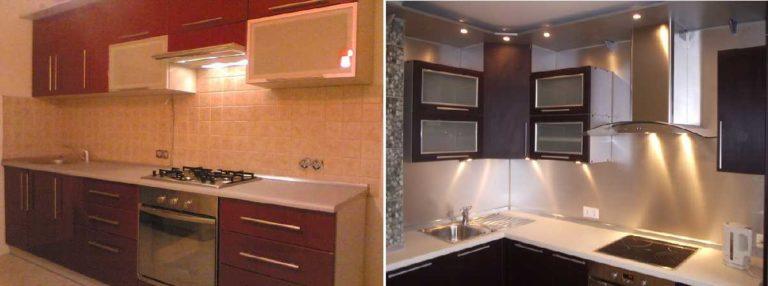
This device is placed above the stove and with the help of built-in fans sucks in contaminated air. Above the gas stove, the hood is needed because it effectively removes the products of gas combustion. But this does not mean that it is not needed above an electric stove. There are vapors in any case – whether you cook with gas or electricity. However, you need to take into account the power – for gas stoves it should be higher than for electric.
Types of hoods for the kitchen
Choose a hood for the kitchen will be easier if you know what types of exhaust equipment there are, their advantages, disadvantages, features. First of all, let’s determine the mode of operation. They are divided into two types:
- Hoods for the kitchen with an outlet into the ventilation. They are called flowing or retracting. Contaminated air they withdraw into the ventilation system or through a hole in the wall to the street (depending on the chosen type of connection). The main disadvantage of such devices is the need to have a vent channel with a large cross-section and openings for the inflow, which ensure the inflow of fresh air instead of the exhausted air.
Before choosing a hood for the kitchen, decide on the type of air circulation
- Hoods for kitchens without venting to the ventilation. The second name – recirculation or filtering (cleaning). Air is sucked from below, cleaned in the internal filter of the installation and enters the room. The disadvantage of this system is the need to clean and/or replace the filters.
There are models of kitchen hoods that combine both types (combined), the modes of operation are switched by a button. These devices are more expensive, more versatile, but have the disadvantages of both types: you need a powerful ventilation system with sufficient capacity and replacement of filters.
Classification by type of location
To choose a hood for the kitchen, you need to decide on its location. With this, everything is simple – we choose depending on where the stove stands:
- Corner ones are put in kitchens where the stove stands in the corner.
- Island (ceiling) put where the stove is in the middle of the room.
- Wall-mounted – the stove is placed against the wall.
- Suspended (classic, standard, flat). Most often these are recirculating models without venting to the ventilation. They are mounted under the bottom of the suspended cabinet, have small dimensions, take up little space, but are characterized by low performance. More often mounted in small kitchens with an area of up to 10 square meters.
- Built-in. The body of the hood is hidden in a special hinged cabinet, only the front panel remains outside. It can have a retractable part, which increases the area of air intake. They can be of any capacity, so they are suitable for kitchens of any size. At the price is not too different from the built-in.
- Dome (fireplace). This type of technique is open, has a voluminous dome for the collection and removal of contaminated air, and hinged cabinets (if there are any) are located nearby. Power can have any, except, air purification serves as a decoration of the room, is made of expensive materials (stainless steel, copper, wood, glass), has the highest price.
- Inclined. The newest type of kitchen hoods. Functionally does not differ from the built-in, but has a different appearance. Power can have different, materials for manufacturing – stainless steel, glass, ceramic. Like the dome devices, refers to the design technique, respectively, has a high price.
Having sorted out the types, you know how to choose a hood for the kitchen on this principle, but there are still technical parameters and additional functions and with them you need to deal separately.
Τεχνικές παράμετροι
After selecting the type of hood for the kitchen, it is necessary to determine the technical characteristics. This is the performance, power consumption, the number of motors and modes of operation, noise level, type of control, size.
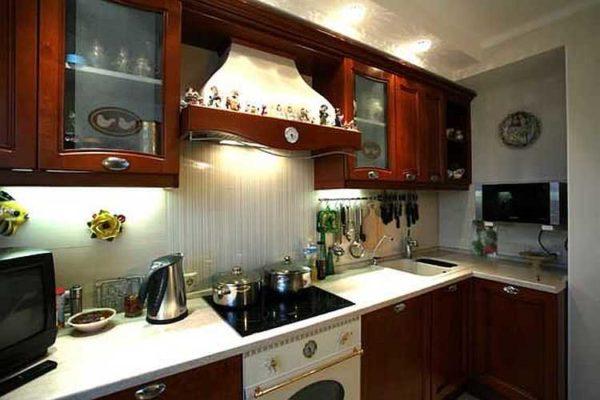
It should also be said that most hoods have lamps for illuminating the working area. The difference can be in the number of lamps and their power, but pay attention to this too. This is a useful option, as there is no need to arrange the illumination in any other way. What else can you pay attention to? On the type of lamps. More often there are ordinary incandescent lamps, sometimes – halogen, but there are models with LED (BOSCH DIB091K50, NEFF I79MT64N1, IEMENS LC98, etc.). They give a brighter light, and electricity consumption is 9-10 times less.
Choosing the performance
The performance of a kitchen hood is the ability to clean a certain volume of air per unit of time. It is usually measured in cubic meters per hour (cc/hour or m3/h). To choose a hood according to this parameter, you need to know its volume. To do this, you need the width, length and height of the room. These data (in meters) multiply, we get the volume. For example, the kitchen is 3*3 meters with a ceiling height of 2.7 meters. Multiply
According to the norms of SES in the kitchen air should change at least 12 times per hour, so the found figure is multiplied by 12. For our example it turns out: 24,3 * 12 = 291,6 m³/hour. This will be the minimum capacity for this example. There is even some reserve here, since part of the volume is occupied by furniture.
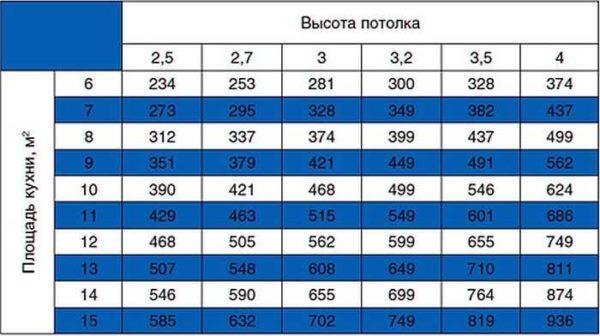
In the calculations, we take into account the peculiarities of the layout and size of the kitchen. In small kitchens, the intensity of odors is greater. To remove them more quickly, it is worth having a power reserve of about 25-30%. Since the example considered the kitchen is clearly small – 3 * 3 meters, then the found figure is multiplied by 1,3. It turns out 291,6 m³/h * 1,3 = 379,8 m³/h. That is, it is necessary to look for a hood for the kitchen performance of not less than 380 m³ / hr.
The same or greater performance reserve is needed if the kitchen is combined with a living room or dining room. The volume of the rooms is large and odors must be removed even faster, otherwise they will spread throughout the apartment. The reserve can be 40% or more (respectively, multiply by 1.4 or 1.5).
Number of motors, speed of operation, noise level
The air is sucked into the hood when the exhaust fan is running. Usually there is one fan, but there can be two (in some models of GORENJE, BOSCH, HANSA, KAISER). Turning them on or off changes the performance of the equipment. It is better when the fan has several speeds. By changing the speed, we can more accurately adjust the mode of operation to the situation. This allows you to remove odors and not waste unnecessary electricity.
For example, a kettle is boiling on the stove. To remove steam/odor, it is enough to turn on one fan at minimum speed. When all the burners are occupied – to cope with the situation we turn on all of them at maximum. So everything is clear here – the more modes of operation, the more accurately you can control the situation.
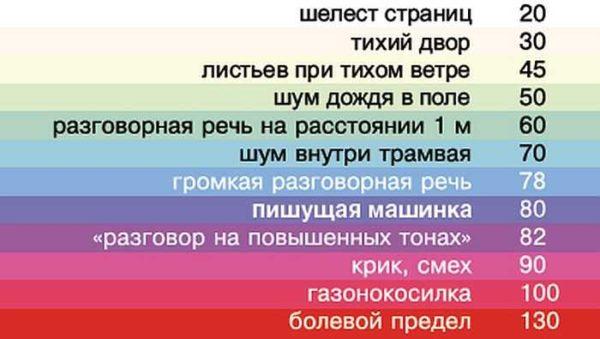
When choosing a kitchen hood, pay attention to the level of noise produced by the fans. The maximum permissible noise level during the day is 55 dB, at night – 40 dB. Comfortable 25-35 dB. It is clear that the hood should be as quiet as possible. The problem is that such models cost more.
Anti-return valve
A very useful thing for hoods with venting, but it is usually installed in expensive models. This valve prevents contaminated air from flowing back when there is a back draft. If there is a strong wind outside that blows into the chimney, it blocks the lumen. BOSCH DIB091K50, NEFF I79MT64N1 and some other models have this valve.
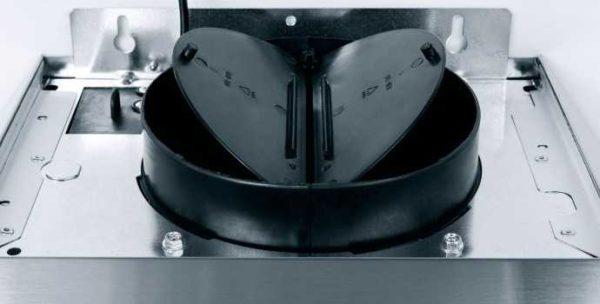
The good news is that if this valve is not present, it can be installed on the ductwork. These are sold at the same stores that sell corrugated or other types of ductwork.
Control type and additional features
The electric hood for the kitchen can have mechanical or electronic control. The simplest, cheapest and most reliable – push-button, with or without sliders. On the front panel there are buttons/tumblers and sliders. We change their position, turn motors on and off, change fan speed. The same buttons turn the backlight lamps on and off. This control is clear, familiar, easy to repair in case of failure. The disadvantage – to change something, you have to go to the installation and press the buttons, it is impossible to organize automatic work.

Electronic control there are different degrees of complexity. There are models with buttons – tactile or touch (SHINDO Aero Duo, HANSA), with which the modes of operation are set. Advanced models have remote control. The presence of a small LCD screen, which displays the current state of the equipment, will facilitate monitoring the work of the device.
Electronic control allows you to set a timer to turn off or turn on the motors at a certain time. There is also equipment that automatically changes the speed of operation depending on the degree of air pollution (sensors). There are models that can be controlled via Wi-Fi from anywhere in the world. It is clear that this equipment is more complex and expensive. At the same time, it is more demanding to power supply – such control is made on microprocessors, and they often break down at surges in our power grids.
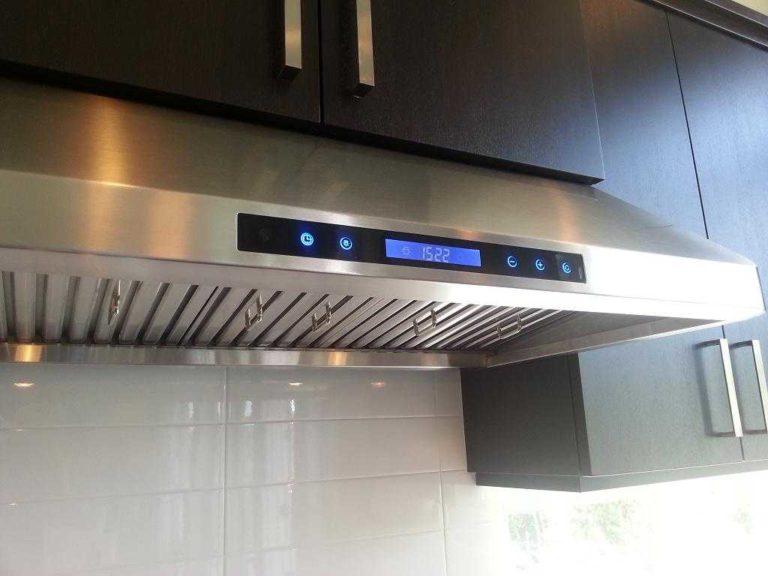
In general, to choose a hood for the kitchen on this principle is not too difficult. If the budget is limited, mechanical control will be more suitable. The type of implementation – buttons, regulators or sliders – you choose based on your own preferences. They are about the same in reliability and price, and in appearance – who likes what.
If you pay more attention to comfort, choose a kitchen hood with electronic control. The number of additional functions and types of buttons (if there are any) choose according to your tastes, as for manufacturers, it is better to choose well-known brands.
Διαστάσεις
To choose a hood for the kitchen by size, you need to know the dimensions of the stove. In order to remove odors and steam effectively, it is desirable to choose a hood equal to the width of the stove, or better, wider. Some models have a pull-out panel for increased efficiency. It opens forward, covering a larger area.
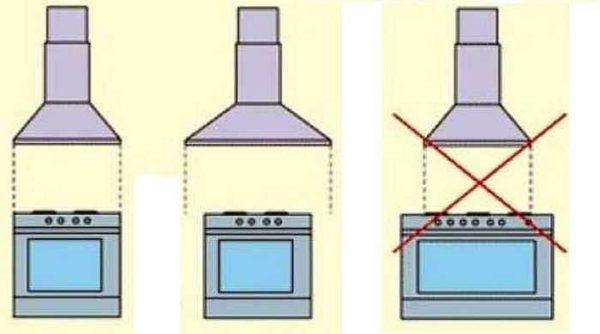
Now you know how to choose a hood for the kitchen on all parameters, all the subtleties and nuances.
Kitchen hood Kamilla-600 White
In conclusion, take a look at the configuration and installation of the kitchen hood Kamilla-600.

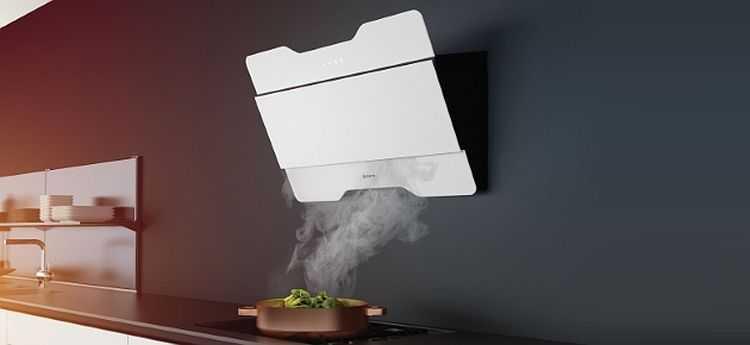
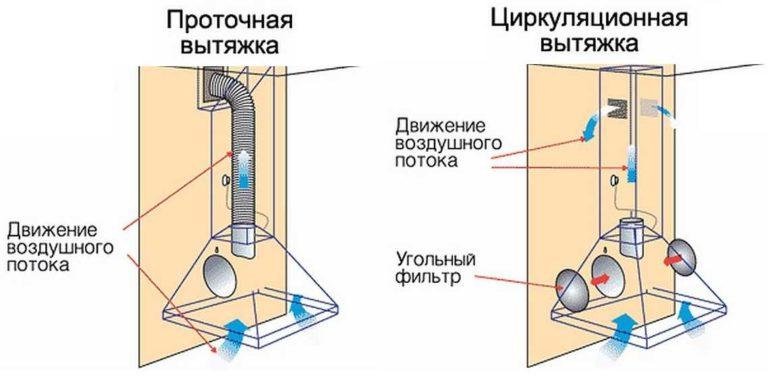 Before choosing a hood for the kitchen, decide on the type of air circulation
Before choosing a hood for the kitchen, decide on the type of air circulation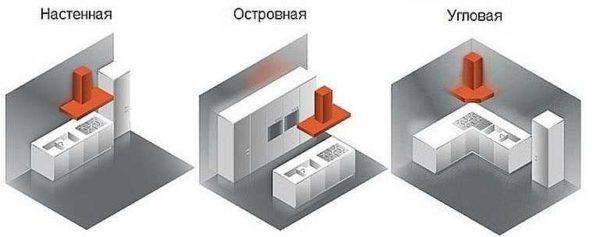

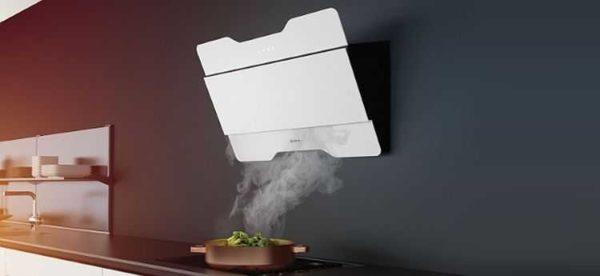
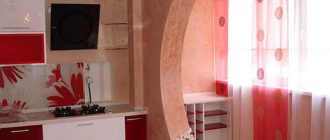
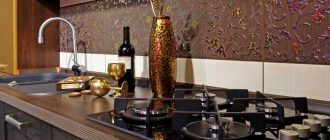
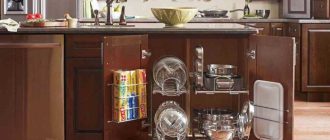
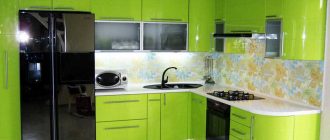

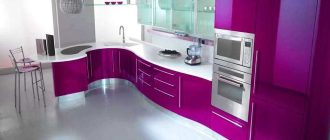
I just picked out the coolest kitchen hood! It’s sleek and super quiet, perfect for my cooking adventures. Seriously, searching for the right one felt like a treasure hunt! Can’t wait to fire up the stove and show it off to my friends. Cooking just got a major upgrade!
When I was picking a kitchen hood, I didn’t realize how important airflow was. Ended up with one that looked cool but couldn’t handle the smoke from my frying experiments! Now I’ve got a powerful one that keeps the kitchen fresh. Lesson learned: prioritize function over style!